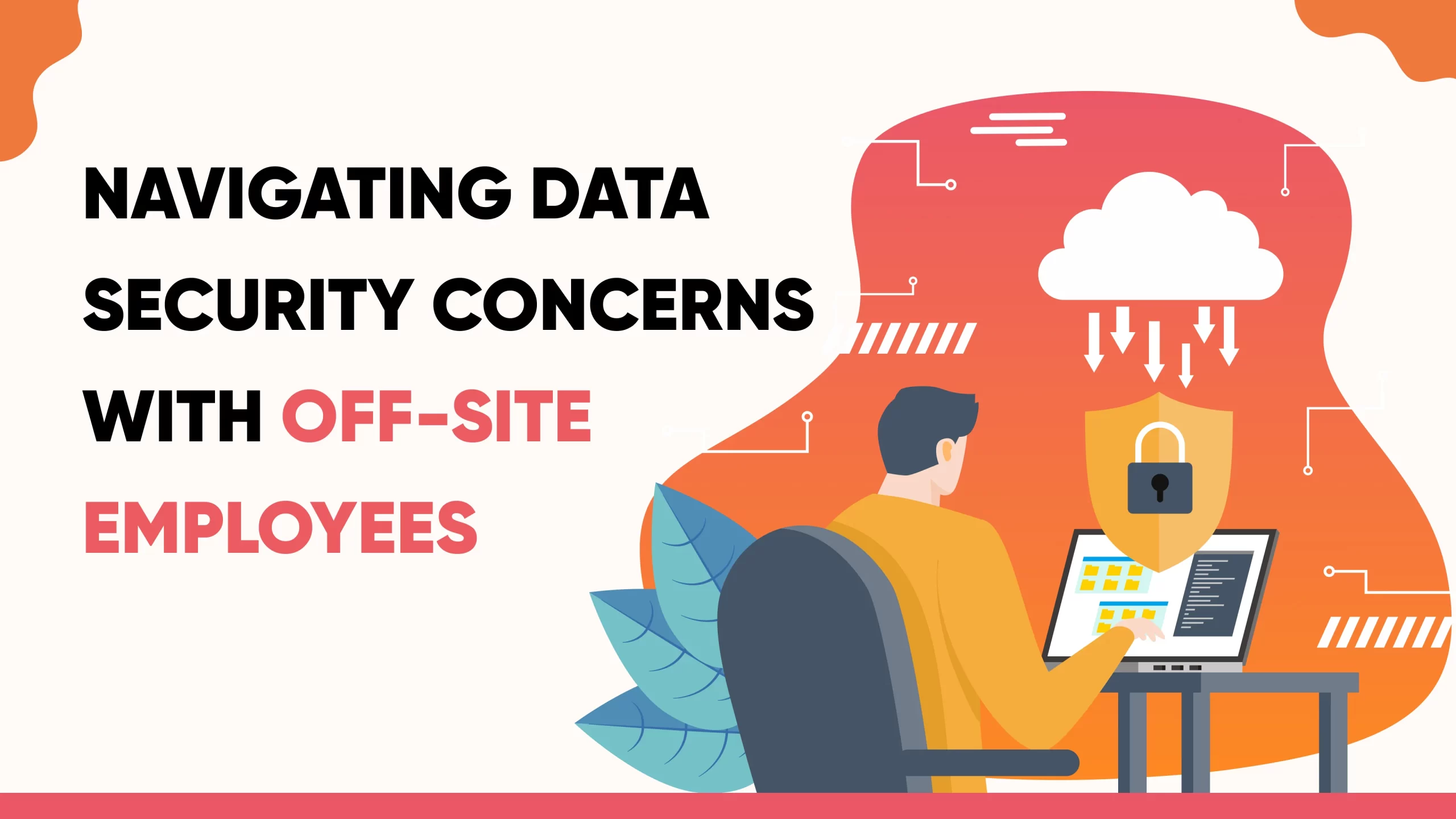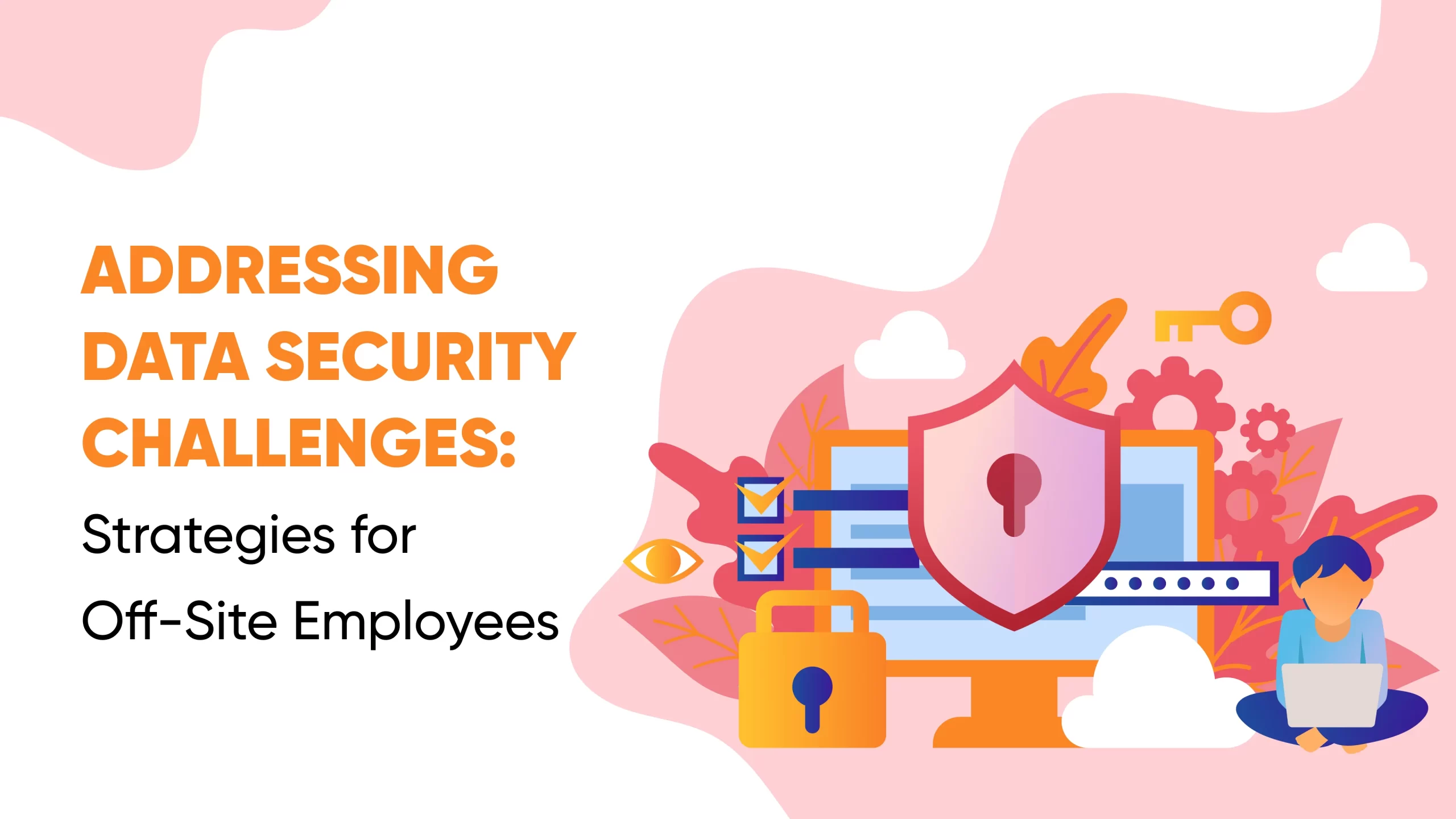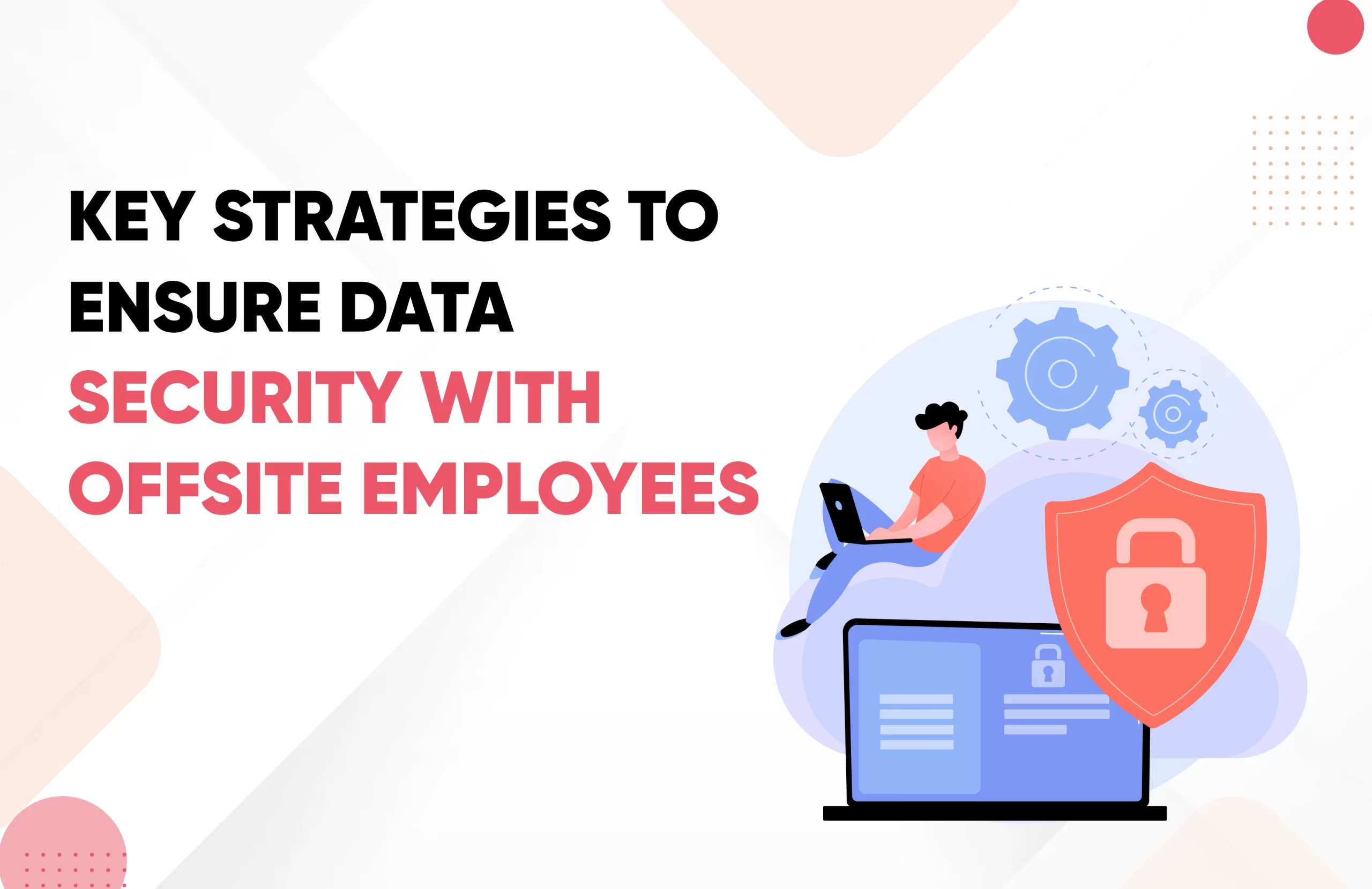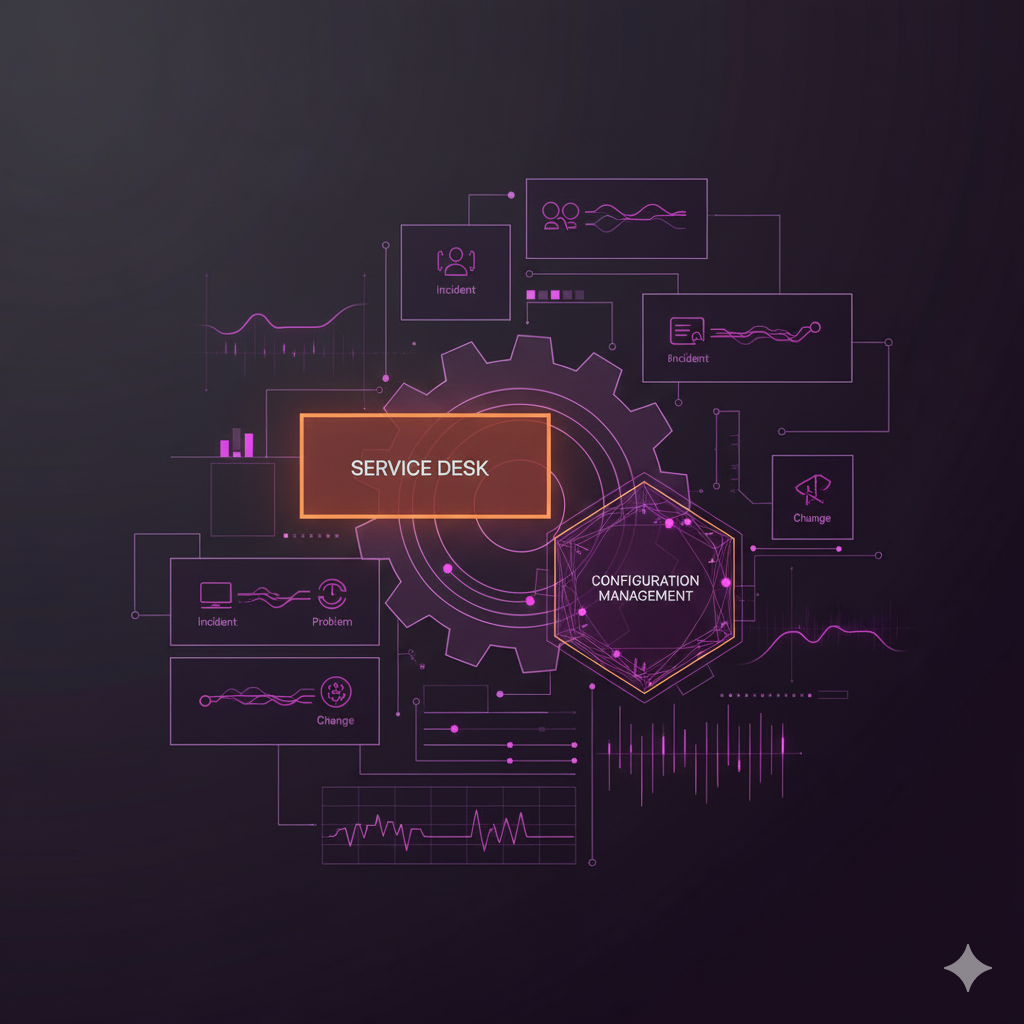Data security is a critical concern for modern businesses, particularly with the rise of off-site employees. Protecting sensitive information outside the traditional office environment is essential for maintaining trust with clients. Therefore, implementing data security best practices is paramount in ensuring that employee data privacy is upheld.
With off-site employees, numerous challenges to data security arise. Remote work setups often lack robust security measures in traditional offices, leaving data more vulnerable to theft or unauthorized access.
Additionally, the use of personal devices and unsecured networks introduces further risk. Without data security best practices, these devices and networks become prime targets for cybercriminals seeking to exploit vulnerabilities and access sensitive data.
For instance, in 2020, the SolarWinds breach highlighted the risks associated with inadequate security measures. Hackers infiltrated SolarWinds’ network through a compromised software update, gaining access to numerous organizations’ data, including government agencies and major corporations.
Employee data privacy training can help raise awareness about the importance of securing personal devices. However, that is not enough. Let’s look at the security challenges with remote employees and data security best practices to safeguard data.

Securing Remote Workforce: Strategies for Data Protection
Navigating Data Security Concerns with Off-Site Employees
Data security presents a complex challenge in remote work, given the diverse array of risks associated with off-site employees. Addressing these concerns requires a comprehensive approach encompassing security breaches of remote working and proactive data security best practices.
-
Unsecured Networks
One of the prime security issues with working remotely is unsecured networks. Offsite employees often rely on public Wi-Fi networks, which are inherently less secure than private corporate networks. Hackers can exploit vulnerabilities in these networks to intercept data transmissions, putting sensitive information at risk of exposure. This is particularly concerning as many remote workers are unaware of the risks associated with public Wi-Fi. Remote employees may inadvertently connect to insecure networks from cafes or airports.
-
Use of Personal Devices
Most companies do not implement data security best practices, which results in them using personal devices. Personal laptops, smartphones, and tablets may lack the robust security features of corporate-issued devices. Thus, making them more susceptible to malware infections and unauthorized access. Additionally, employees often mix personal and work-related activities on these devices, further increasing the risk of data breaches and security incidents.
-
Inadequate Authentication Measures
Weak authentication measures, such as simple passwords or lack of multi-factor authentication (MFA), increase the likelihood of unauthorized access to sensitive data. Without proper authentication controls, cybercriminals can exploit weak credentials to gain entry into corporate systems and steal valuable information. Therefore, it is essential to implement strong authentication measures, such as multi-factor authentication (MFA), which is one of the essential data security best practices.
-
Insufficient Encryption
Data encryption is crucial in safeguarding information from unauthorized access. However, many off-site employees may not utilize encryption protocols. They may use outdated encryption methods that fail to provide adequate protection against modern cyber threats. This lack of proper encryption leaves sensitive data vulnerable to interception and exploitation by cybercriminals. Thus, posing a significant risk to data security and confidentiality.
-
Outdated Security Measures
Failing to keep security measures up-to-date leaves off-site employees vulnerable to emerging cyber threats. Outdated antivirus software, firewalls, and other security tools may not provide extra protection against the latest malware variants and hacking techniques. Regularly monitoring and updating security measures is crucial for staying ahead of emerging threats and ensuring the effectiveness of data security best practices.
For example, in 2022, Tenable discovered that some organizations experienced cyberattacks because they hadn’t fixed issues dating back to 2017. In simple terms, some vulnerabilities that are as old as 2017 managed to exploit organizations because they failed to keep security measures updated. This shows that without following data security best practices, even old vulnerabilities can still be a problem.

Overcoming Data Security Challenges: Essential Best Practices
Data Security Best Practices: Addressing Challenges
When working with off-site employees, it is important to ensure that the data security best practices are in line. Adopting the right set of strategies can help you overcome the challenges commonly faced with data security. So, if you are looking to ensure data security in remote working, then here are the primary strategies that need to be adopted:
-
Utilizing Virtual Private Networks (VPNs)
Virtual Private Networks (VPNs) are essential for securing data transmission over public networks. By encrypting communication between devices and the corporate network, VPNs protect sensitive information from interception by unauthorized parties. Organizations should encourage using VPNs by offsite employees to ensure secure access to corporate resources and protect against security breaches of remote working.
For example, remote employees can use a VPN to ensure secure access to client data when working from coffee shops or airports. Public Wi-Fi networks in these places are often unsecured. Implementing data security best practices that mandate the use of VPNs helps mitigate the risk of unauthorized access.
-
Use of Secured Devices
Providing employees with secured devices enhances data security by reducing the risk of malware infection or unauthorized access. Company-issued laptops and smartphones with security features and regularly updated software help mitigate potential vulnerabilities.
According to Statista, spending on security devices is expected to reach $90 billion in 2024. This shows that organizations prioritize employee data protection by providing secured devices, even if it costs a large part of their budget.
Alternatively, businesses can save the cost of secured devices by hiring a remote IT staffing company. These specialized firms often adhere to data security best practices, ensuring that employee devices are equipped with the latest security features and software updates. With a remote IT staffing company like Insnapsys, organizations can enhance their data protection efforts while benefiting from professional oversight.
-
Implementing Strong Authentication Measures
Using multi-factor authentication (MFA) in an organization’s data security best practices protects sensitive information. MFA adds an extra layer of security by asking users for multiple types of verification before they can access data. This helps a lot in making sure only authorized people can get in. By using MFA, organizations can make it harder for unauthorized people to access data, especially in remote working situations where employees might use different devices and places to work.
For example, if a hacker gets your password, they still need another way to prove it’s you trying to log in. This extra layer of cybersecurity helps prevent unauthorized access to sensitive information, especially when employees work remotely from different places and devices.
-
Implementing Data Encryption
One of the best data security methods is implementing Data encryption. It is important to keep sensitive information safe. It scrambles the data so that even if someone gets their hands on it, they can’t understand it without the right key. By encrypting data when it’s moving around and when it’s stored, organizations can stop people from getting at it without permission.
Doing this not only keeps sensitive data safe from cyber threats but also establishes data protection best practices about keeping data private. This is important for keeping trust with clients and others. It’s like putting your data in a secret code that only you have the key to. Without the key, it’s nearly impossible for anyone to understand the data, even if they manage to access it.
-
Regularly Monitoring and Updating Security Measures
Keeping an eye on things and making sure security tools are up to date is important for staying safe from cyber threats. It’s like regularly checking your house for any signs of trouble and fixing any broken locks or windows.
By ensuring software is always up to date, organizations can catch problems early and fix them before bad guys can take advantage. Moreover, regular checks and updates show that an organization cares about keeping data safe and ensuring its security is working well, especially when threats keep hanging.
Conclusion: Data Security Best Practices
In conclusion, safeguarding data with offsite employees requires data security best practices to mitigate security risks. Organizations can enhance data security by implementing strategies such as VPNs, secured devices, strong authentication measures, and regular monitoring.
Moreover, it maintains trust with clients and stakeholders in an increasingly remote work environment. It’s imperative to prioritize employee data privacy and protection.
FAQs about Data Security Best Practices
-
What are data security best practices?
Data security best practices are crucial for protecting sensitive information from unauthorized access or theft. These practices include using strong passwords that are difficult to guess, keeping software and systems up-to-date to protect against vulnerabilities, and encrypting data to ensure it remains unreadable
-
Why do we need data security best practices?
We need data security to:
- Protect Sensitive Information: Keep personal, financial, and business information safe from hackers.
- Maintain Privacy: Ensure that private information remains confidential.
- Prevent Identity Theft: Stop criminals from stealing personal details to commit fraud.
-
What strategies could help people keep their data more secure?
To keep data more secure, individuals can use two-factor authentication, avoid public wi-fi for sensitive activities, be wary of phishing scams, regularly update passwords, and educate themselves on security practices
-
How do you train employees for data security best practices?
Data security best practices for employees are an ongoing process that involves several steps. These include:
- Conduct Regular Training Sessions.
- Use Real-Life Scenarios
- Provide Clear Guidelines
Alternatively, it is better to contact an IT staffing company like Insnapsys. They offer developers that are trained and follow data security best practices.
-
How do I stop my employees from stealing data?
To prevent employees from stealing data, implement data security best practices like:
- Implement Access Controls: Firstly, limit access to sensitive data to only those who need it.
- Monitor Activity: Use software to track who accesses and modifies data.
- Have Clear Policies: Lastly, clearly outline the consequences of data theft.








